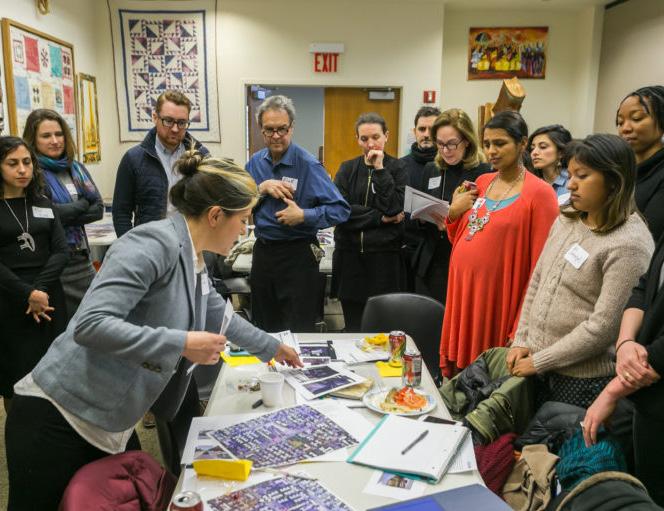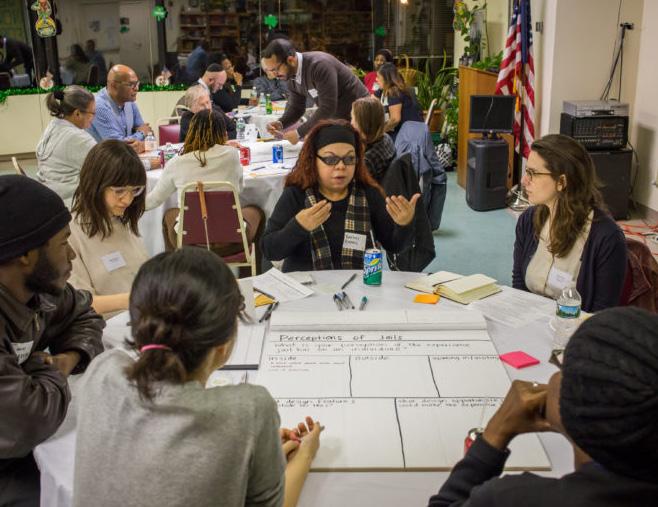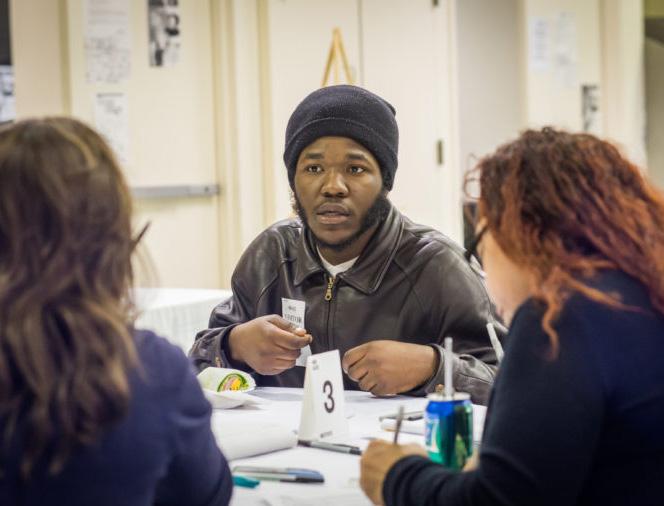
2 minute read
ANDREW BROWN & DAVID VAN DER LEER FOREWORD
FOREWORD
When Van Alen Institute runs a design competition, teams are connected with various experts and stakeholders throughout the process. We have learned that interdisciplinary collaboration between communities, designers, and other professionals gives design teams a better understanding of both the problems they are working to solve and the complex needs of the communities they aim to serve.
For the first Van Alen Report in twelve years, we are adapting this interdisciplinary model in order to discuss America’s infrastructure crisis. Looking at infrastructure from different perspectives is sensible because infrastructure touches so many different facets of our lives— for better and for worse. As Nicole DuPuis, an expert in urban innovation at the National League of Cities and a contributor to this report reminds us, functional infrastructure “delivers our safe, clean water; it provides the public spaces in which we engage in civic life...; it gets us safely to the places where we live, work, play, and pray.” However, when infrastructure falls apart, economic prospects, social ties, sense of security and wellbeing, and trust in our public officials crumbles along with it.
The perspectives gathered here help illuminate a path forward as the United States debates its infrastructure’s repair. But this exercise raises an obvious question: how did we get into this mess in the first place? Throughout the report, the causes of America’s infrastructure crisis are alluded to frequently but no single contributor explores the overall predicament in depth. Therefore, in the introduction, we decided to contextualize the situation as it relates to the perspectives collected.
For this report, we haven’t restricted the conversation to a single

Designers and stakeholders meet during past competitions. Photos by Cameron Blaylock
method of financing, recent technological development, or specific political proposal. Rather our contributors offer insights on how society may approach financing, technology and policy broadly to make smarter decisions about infrastructure— decisions that may result in better and more just outcomes for all.
We hope that as you read the five perspectives presented here, you will appreciate the range of expertise and diversity of opinion. That said, this report is largely focused on improving existing infrastructure. Recent events in Houston have revealed yet again the limits of both the infrastructure we have in place and our ability to conceive the transportation, energy, and water infrastructure needed for the future. To expand this report, we are asking our network of passionate designers, scholars, professionals, and urban thinkers for ideas and strategies to help cities meet the daunting challenge climate change poses. We look forward to hearing from you and
sharing your insights.
Andrew Brown, Editor David van der Leer, Executive Director


Designers and stakeholders meet during past competitions. Photos by Cameron Blaylock






